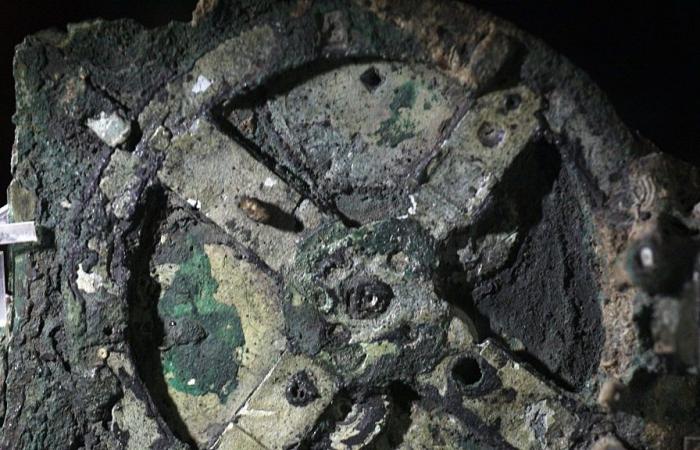He Antikythera mechanism It is a computational model that never ceases to contain mysteries in its analogical constitution. Scientists from multiple fields have studied it for more than a century. There is a clear limit to understanding the complexity of the device: its notable lack of parts and documentation about it. However, in 2024 the indeterminacy of an object is not a barrier to studying its nature. Complex probability techniques have already emerged in the last decade with successful results. Two astrophysicists from the University of Glasgow used their experience in the study of gravitational waves in the universe to unravel some mysteries surrounding this mechanism that dates back to the 2nd century BC.
By consensus, The Antikythera Mechanism is considered an astronomical machine. Computer designers used computers to predict eclipses, demonstrate planetary cycles, plan lunar phases, show the course of the seasons, and determine when the Olympic Games would be held. What a silicon microchip now calculates was done in ancient times with screws, wheels, and gears.
This is a recreation of what the Antikythera Mechanism may have been like.
LOUISA GOULIAMAK/GETTY IMAGES
Recently, the contraption underwent extensive X-ray analysis to reveal micro details that go unnoticed by the naked eye. During the study, holes linked to information rings were found. Due to the analog nature of the mechanism, it is necessary for each piece of the mechanism to be connected to each other, like a wind-up watch. Under the calendar ring of Antikythera, there are artificial perforations that suggest the existence of more sources of information.
The calendar ring is broken, and it is not possible to know how many holes it contained in total. Exact information on the number of perforations is crucial to determining the kind of ring it followed and, therefore, the type of information that the Antikythera mechanism could predict. The X-ray study carried out in 2020 showed an estimate of between 347 and 367 holes. Historians had to find chronological or astronomical scales that fit within the estimated range.
Although the range is small, there are two major hypotheses that fit into the suggested number of perforations: the ring that followed could have dictated the lunar calendar or the calendar used in Egypt. The study leaned toward the possibility of lunar information. However, either inclination entered the realm of speculation.
The Kukulcan pyramid will be investigated with muons to see what it hides
Advances in electronics and technology for detecting muons, a type of elementary particle, make new measurements possible in small, hostile spaces, such as Chichén Itzá.
Advanced probability: from the universe to the mechanism
Scientists Graham Woan and Joseph Bailey decided to bring their astrophysics expertise to bear on studies of the Antikythera mechanism. They used statistical modelling techniques used in the analysis of gravitational waves to establish the probable number of holes in the broken ring. Woan used Bayesian analysis, which calculates the uncertainty of a hypothesis based on the available (often incomplete) evidence. Bailey, for his part, applied Monte Carlo methods based on Markov chains to obtain a sample from the distribution. Both systems are used to determine whether ripples in the fabric of space-time, supposedly caused by a violent cosmic collision, are real.
The combination of these advanced statistical methods revealed that there must have been 355 holes in a circle with a radius of 77 millimeters. Therefore, the lunar calendar theory gains support. “We hope that our findings on the mechanism, although less spectacular than those made by Indiana Jones, will help deepen our understanding of how the Greeks made and used this remarkable device,” said Professor Woan.



